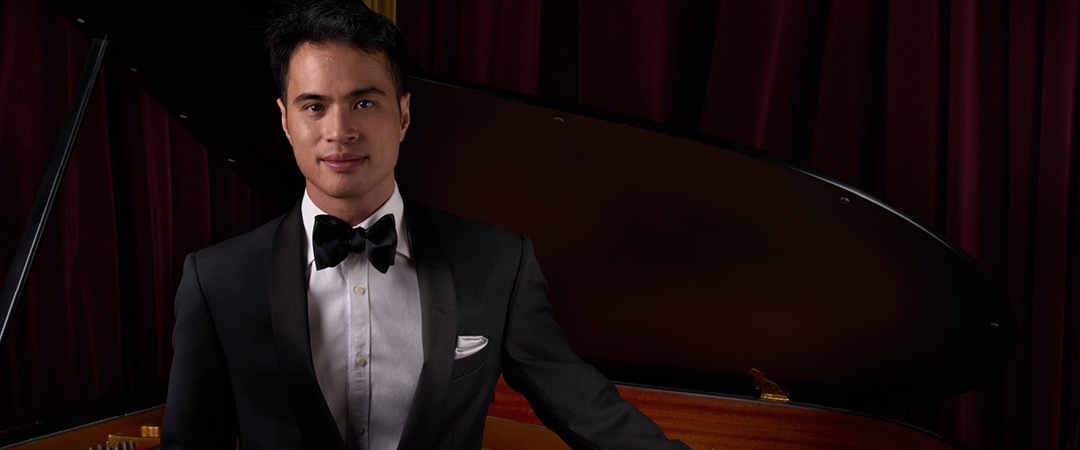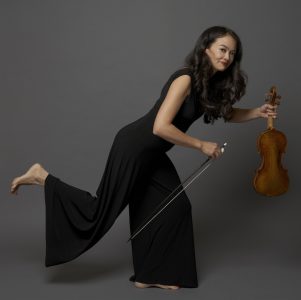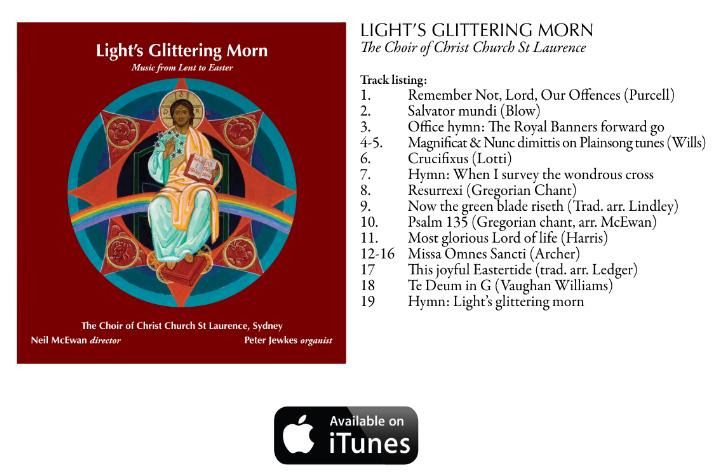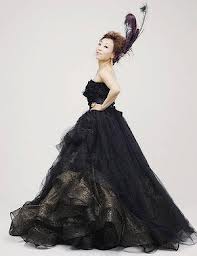Concert Review: Hero Works For Strings/ Australian National Academy Of Music
 ANAM: Mendelssohn and Brahms – Hero Works for Strings
ANAM: Mendelssohn and Brahms – Hero Works for Strings
Utzon Room, Sydney Opera House
Faculty and Musicians of Australian National Academy of Music (ANAM – Melbourne)
7 May, 2017
Written by Victoria Watson
The programme:
Felix Mendelssohn – String Quartet No. 2 in A minor, Op. 13 (1827)
Josephine Chung and Kyla Matsuura-Miller – Violin/ Caroline Henbest (Faculty) – Viola/ Jonathan Békés – Cello
Johannes Brahms – String Sextet No. 2 in G, op.36 (1865)
Riley Skevington and Dr. Robin Wilson (Faculty) – Violin/ Beth Condon and Eli Vincent – Viola/ Howard Penny (Faculty)/ Eliza Sdarulig – Cello
“Every performance that is sent out from the stage must be received, and it is through being listened to that the performance is validated and the musician is born.”
Nick Deutsch, ANAM Artistic Director
The Sydney Opera House are to be applauded for introducing this new chamber series showcasing emerging artists and inviting the fine musicians of ANAM to perform. Melbourne has long celebrated the wealth of musical talent nurtured at ANAM, and been rewarded with an abundance of excellent concerts. When funding was threatened, Melbourne’s arts community stood firmly behind saving this glorious institution.
The opening concert of the series set a high standard for the future, with two outstanding ensembles performing German Romantic string music of the highest order.
The earlier work of Mendelssohn, composed when he was only eighteen, pays tribute to the composer’s dedication to Beethoven, and particularly to the complex, late string quartets. At a time when they were little understood, and even dismissed, Mendelssohn was an assiduous devotee, and he imbues his A minor quartet with a youthful fervour inspired by his study of Beethoven. The work is cyclic in nature, based on an earlier song “Ist es wahr?’, with versions of the song’s motif appearing in all four movements. The hauntingly beautiful homophonic opening music returns at the very end, creating a balanced structure that is deeply satisfying.
Every musician in this offering – whether student, young professional or seasoned master – was committed to the creation of an ensemble that breathes as one and honours the composer’s rich emotional score. Dynamics were bold and, in the clean acoustic of the Utzon Room, at times, the pianissimi almost disappeared from the trembling strings. The fortes were exciting, with great rhythmic drive from the cello played by Jonathan Békés. Sydney violinist Josephine Chung led the group – and was the youngest performer – the same tender age as Mendelssohn when he wrote the score. Her tone captured a fragile melancholy with lyrical phrasing that set the tone for the ensemble.
With no interval, and just a quick change of personnel on stage, ANAM’s Head of Strings, Howard Penny, compensated for the lack of programme notes by speaking very engagingly about both works, and the aims of ANAM. He pointed out a number of details that were illuminating for the audience, before they heard the second string sextet of Brahms’ mature middle period. Brahms’ past love and ongoing admiration for Clara Schumann, the recent death of his mother and an intense but doomed romance with the singer Agathe von Siebold all played a role in the background to the writing of this passionate work. Brahms was also working on his mighty German Requiem at the time.
The extended first movement could virtually stand alone, and was impressive in its delivery. Juxtaposed with the cyclic unifying elements of the Mendelssohn score, Brahms’ sextet was more complex and demanding. There is plenty to admire, though, in the classic forms and the innovative harmony and colours. In the complex contrapuntal sections, the ensemble allowed for textural clarity by bringing parts into the dynamic foreground very effectively. The dance-like sections influenced by Hungarian and German folk music were delightful and rhythmically exciting. There was an excellent ensemble at all times, and strength of leadership from both first violin Riley Skevington and the assured masterly cello of Howard Penny.
Dr. Robin Wilson not only played second violin and teaches a number of the other players, but his PhD studies on the performance practice of Brahms’ works clearly informed this exuberant reading.
This concert offered a perfect example of the educational principles at play at ANAM, with both the performers and their audiences the richer for it.
“At ANAM, our visiting artists – all musical titans – not only instruct our young musicians, they share the stage with them as colleagues. It’s an amazing opportunity and the results are extraordinary.”
Nick Deutsch
Victoria Watson for SoundsLikeSydney
Victoria Watson is a graduate of Melbourne university and VCA. She has appeared regularly as a soprano with the Victoria State Opera and has toured and served as artistic director of many chamber ensembles.
She has performed with Sydney Symphony Orchestra and for ten years, was artistic director of a major opera education project with Opera Australia. Since 2015 she has moved into directing opera including Mozart’s Cosi Fan Tutte at the Independent theatre.
Victoria has lectured in voice at the major universities in Melbourne, and is currently a tutor at UNSW. Having taught at major Sydney secondary colleges, she now runs a busy private singing studio. She is a published author on opera and a popular freelance music and theatre lecturer and advocate for Australian artists around the world.





